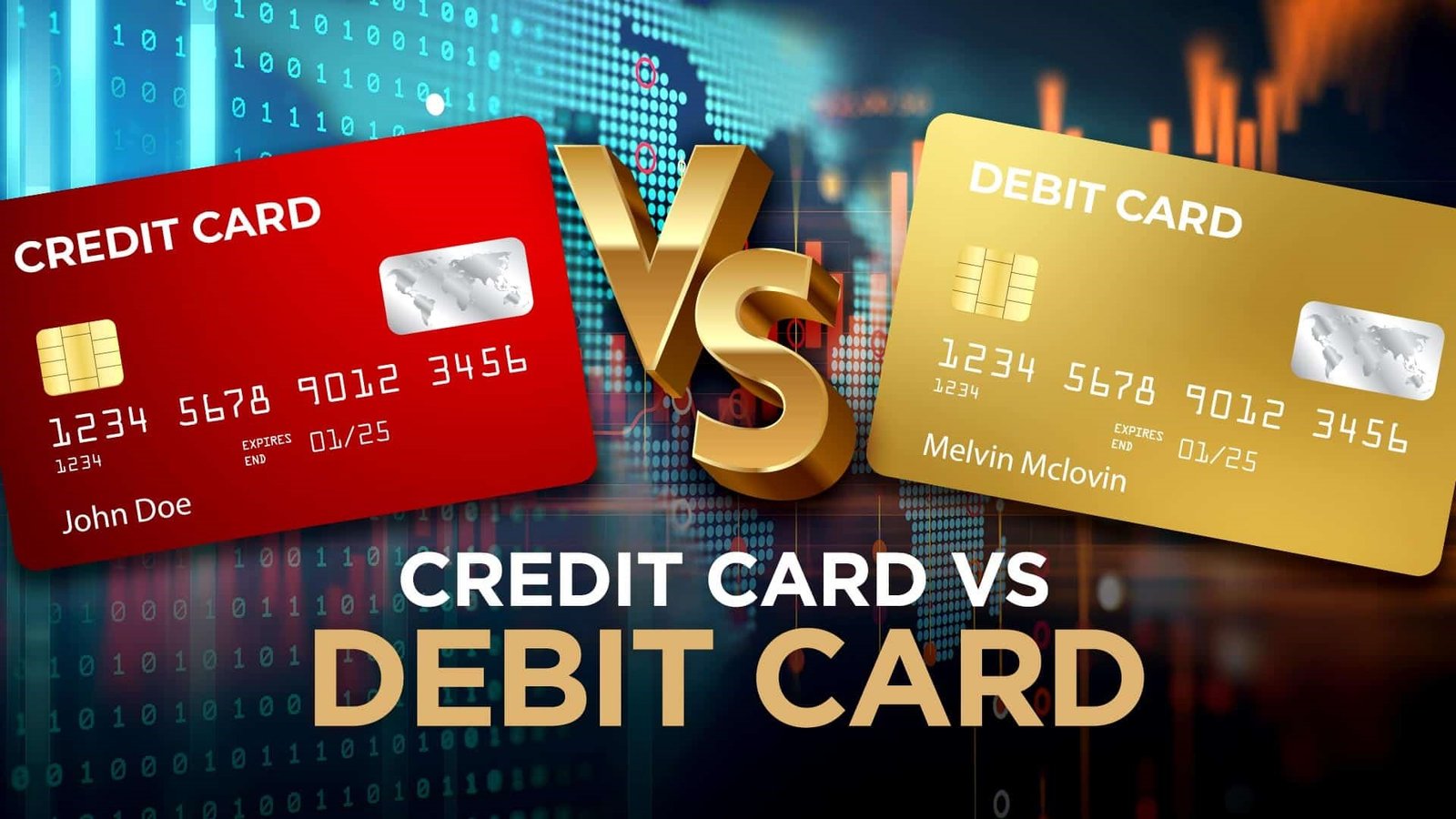Debit Card
A debit card might be similar to a credit card according to looks, but it is totally different than one. A bank issues a debit card to their customers for the purpose of accessing funds without having to write a paper check or make a cash withdrawal.
It is connected to one’s checking account and can be used anywhere credit cards are allowed. If your debit card has a Visa logo, for instance, it can be used anywhere that takes Visa.
The bank places a hold on the amount you have spent when you use a debit card. Based on the purchase amount and your bank, the money will either go straight away out of your account or be held by the bank for 24 hours or longer.
By using a unique personal identification number (PIN), you can use your debit card to withdraw cash from your checking account. You may be asked for your PIN, or you may simply be asked to sign for the purchase, similar to a credit card when you use your debit card for a purchase.
A debit card linked to a checking account can turn out to be a better option than a credit card, for those people who are trying to budget or not overextend themselves financially. Some of the debit cards are prepaid, and funds are loaded onto the card by a financial institution. These cards can be used in the same way as a standard-issued debit bank card. Nevertheless, prepaid cards are just that, prepaid, and they are not linked to a person’s checking account.
Credit Card
A credit card is known as a debt instrument which is used for financial transactions in lieu of cash or check, or a debit card. A credit card may have come with a high spending limit or a lower one, based on its owner’s creditworthiness. The purchase amount is automatically added to your outstanding balance when you use your credit card. Learn how to apply for a credit card.
A customer has 30 days to pay before interest is charged on the outstanding balance, with most credit card companies. However, in some cases, interest starts accruing right away.
Interest rates on credit cards can be renownedly and extensively high; they are a chief way credit card companies make money. Savvy consumers can avoid paying it by settling their balance in full each month.
Special Considerations
All credit cards are called debt instruments, by definition. The cardholder is chiefly just borrowing money from a company, whenever someone uses a credit card for a transaction because the credit card user is still committed to repaying the credit card company.
On the other hand, debit cards are not known as debt instruments because that particular person is really just tapping into their bank account, whenever they are using a debit card to make a payment. The debit card user does not owe money to any external party, except for any related transaction; the purchase was made according to his or her own available funds.
Nevertheless, the difference between debt and non-debt instruments becomes perplexed if a debit card user decides to implement overdraft protection. In this case, whenever a person withdraws more money than is available in his or her account, the bank pays the outstanding amount. The bank account-holder is then committed to repaying the account balance owed and any interest charges that apply to using the overdraft protection.
Overdraft protection is made to avoid mortifying situations, such as bounced checks or declined debit transactions. Nevertheless, this protection does not come at low cost; the interest rates charged by banks for using overdraft protection are as high, if not higher, than the ones connected with credit cards. Hence, using a debit card with overdraft protection can result in debt-like consequences.
Debit Card vs Credit Card: An Instance
Let us consider two buyers who each purchase a television from a local electronics shop at $400. One of them uses a standard debit card, and the other person uses a credit card. After swiping the card, his bank straight away places a $400 hold on his account, efficiently marking that money for the television purchase and stopping him from disbursing it on something else. The shop sends the transaction information to the bank, over the next one to three days, which electronically transfers the funds to the shop.
The other buyer uses a credit card. The credit card company automatically adds the purchase cost to his card account’s outstanding balance after swiping it. Until his next billing due date, he has reimbursed the company by paying some or all of the amount mentioned on his statement.
Read more:
SHOULD YOU INVEST IN FIXED DEPOSITS (FDS) WITH BANKS?
